This year’s annual Jackson Hole economic symposium in the Grand Teton Mountains of Wyoming may not have been as raucous as previous years. But the message delivered by Federal Reserve Chairman Jerome Powell was more powerful than ever. As one of the world’s most influential economic policymakers, his every word is scrutinized by the financial world.
On August 22 (local time), Mr. Powell's speech at the conference revealed the possibility of the Fed cutting interest rates in September, after months of maintaining a "hawkish" stance. This move immediately triggered a strong wave of gains on Wall Street as investors believed it was time for the Fed to "green light" a new easing cycle.
However, if analyzed more deeply, Powell's message is not simply "dove". He skillfully painted a complex economic picture, where the Fed is facing a big gamble, which is to prioritize the two serious threats of rising inflation and a fragile labor market.
These two risks, already serious, are now becoming increasingly contradictory. Inflation, which has eased from its peak but is still above the Fed’s 2% target, is returning as businesses struggle to cope with the Trump administration’s new tariffs. At the same time, the labor market is increasingly fragile, with monthly job growth nearly stalling over the summer.
If the Fed prioritizes inflation and keeps rates unchanged, the risk of a recession will increase. Conversely, if it focuses on supporting the labor market by resuming rate cuts, inflation risks getting stuck above target.
It's a delicate balancing act, and Mr Powell's choice will determine whether the US economy can successfully soft-land.
The Unending Debate: What Is Powell Seeing?
In his speech, Jerome Powell made two main arguments to justify the possibility of cutting interest rates. Both focused on decoding the current "unusual" economic signals.
First, the labor market is weakening beneath the surface. Powell argues that the apparent stability of the unemployment rate (still hovering just above 4%) is masking an underlying weakness. Both labor supply and demand are falling at the same time. He rejects the argument that the decline is due entirely to a labor supply shortage (e.g., from tighter immigration policies), and warns that ignoring signs of weakening demand could lead to a sudden labor recession.
Second, a cooling labor market could curb inflation. Powell argues that a cooling labor market would help prevent price shocks from imports (caused by tariffs) from turning into a sustained inflationary spiral. This view echoes that of Fed Governor Christopher Waller, who has called for earlier cuts.
Powell’s argument, however, has been met with fierce opposition from some other members of the Fed. Cleveland Fed President Beth Hammack said that “price pressures are building in a bad way” and the labor market “is doing well for now.” She was skeptical that the price shocks from tariffs were temporary, noting that businesses were testing the waters for price increases.
Outside experts also expressed concerns. "The speech was soft on price pressures while overestimating the risk of labor weakness," said Michael Strain of the American Enterprise Institute. Mr. Strain warned that if the Fed cuts rates now but is forced to raise them again in 2026, the central bank's credibility would be severely damaged.
The split isn’t limited to speeches. JPMorgan said a September rate cut is unlikely to be unanimous within the Federal Open Market Committee (FOMC). That would mark a significant departure from the Fed’s tradition of near-unanimous decision-making. In this context, Jerome Powell, as chairman, would have the final say.
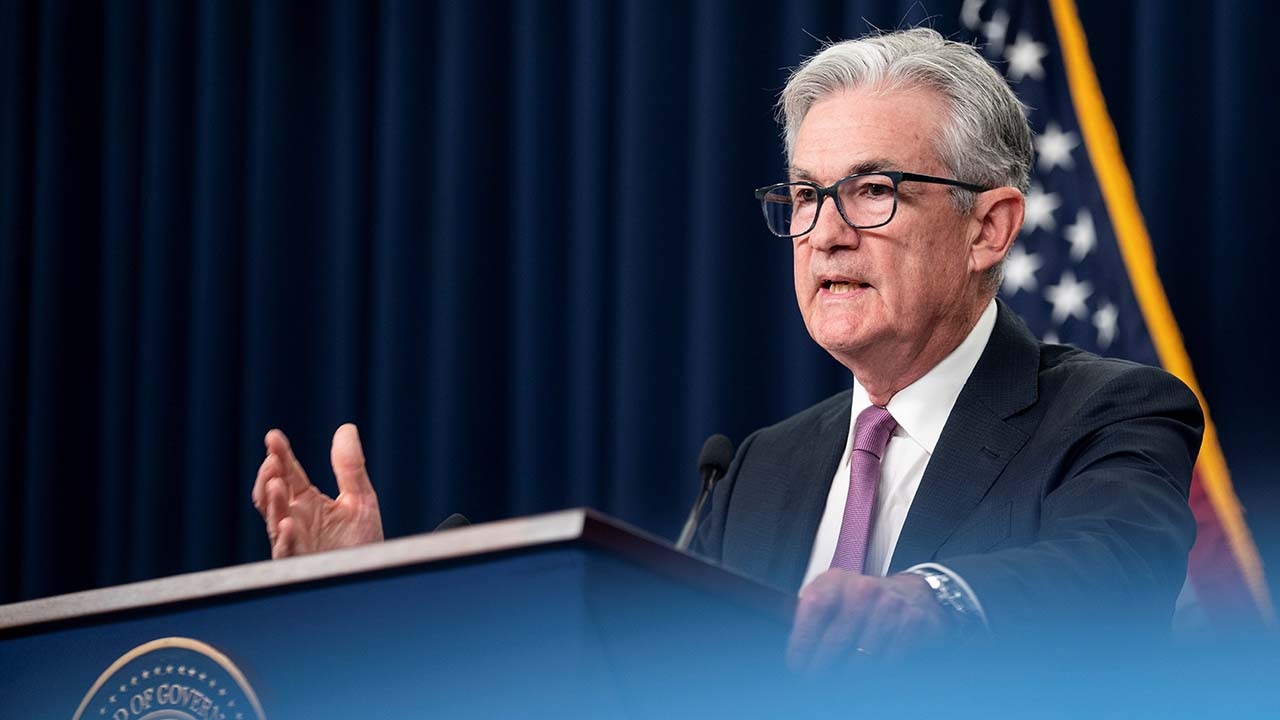
Federal Reserve Chairman Jerome Powell has hinted at the possibility of the central bank cutting interest rates in September but has avoided making a firm statement (Photo: Getty).
The Ghost of the "Mistakes of 2021": An Expensive Lesson
Cutting rates when inflation was showing signs of going in the wrong direction was not the first time the Fed under Jerome Powell faced a gamble. One of the most costly mistakes came in 2021, when the Fed judged pandemic-era inflation to be "transitory."
That prediction was wildly wrong: inflation quickly surged to a four-decade high as hot demand collided with a clogged supply chain. The Fed then had to raise interest rates sharply and keep them high for a long time to get inflation back to 2%, achieving some results until Mr. Trump’s new tariffs reignited price pressures.
This mistake had profound consequences. It not only damaged the Fed’s credibility but also undermined its new monetary policy framework, which was introduced in 2020 – a strategy that allows the Fed to tolerate higher inflation in certain periods to compensate for previous periods of low inflation.
In retrospect, many experts admit that was a mistake. Raghuram Rajan, former governor of the Reserve Bank of India, said it was a proactive attempt to beef up the Fed's policy arsenal, but "unfortunately it came at a time when the situation changed."
Now, the Fed is signaling a return to a more traditional approach, targeting 2% inflation rather than average inflation over time. But the changes are unlikely to have an immediate impact on interest rate adjustments in the coming months.
Moreover, a new risk is threatening the Fed’s independence: political interference. President Trump is actively looking for a candidate to succeed Mr. Powell as Fed chairman, with low interest rates as his top priority. He has appointed a loyalist to the Board of Governors and publicly called for the resignation of several other members. This political pressure makes the Fed’s decision more difficult than ever.
Will the "soft landing" be successful?
While the prospect of a September rate cut has soared, the pace of further easing remains unclear. John Higgins, an expert at Capital Economics, said Powell has “poured three buckets of cold water” on expectations of a sharp Fed rate cut. He pointed to three reasons: current rates are only slightly tighter, the neutral rate is likely to be higher than in the 2010s, and the new policy framework will balance the risks of two-way inflation.
But others are more optimistic. Ryan Sweet, chief US economist at Oxford Economics, called the September rate cut an “insurance” move. Powell appears to be preparing for a gradual normalization of rates, assuming the economy performs as expected. According to Sweet, the Fed will likely cut rates once at each of its remaining meetings this year.
This argument stems in part from concerns that the labor market is about to enter a “Wile E. Coyote” state—a moment when businesses suddenly cut jobs en masse and the economy plunges. Even if the decline is largely due to a labor shortage, the Fed must act on the assumption that weak demand is also contributing.
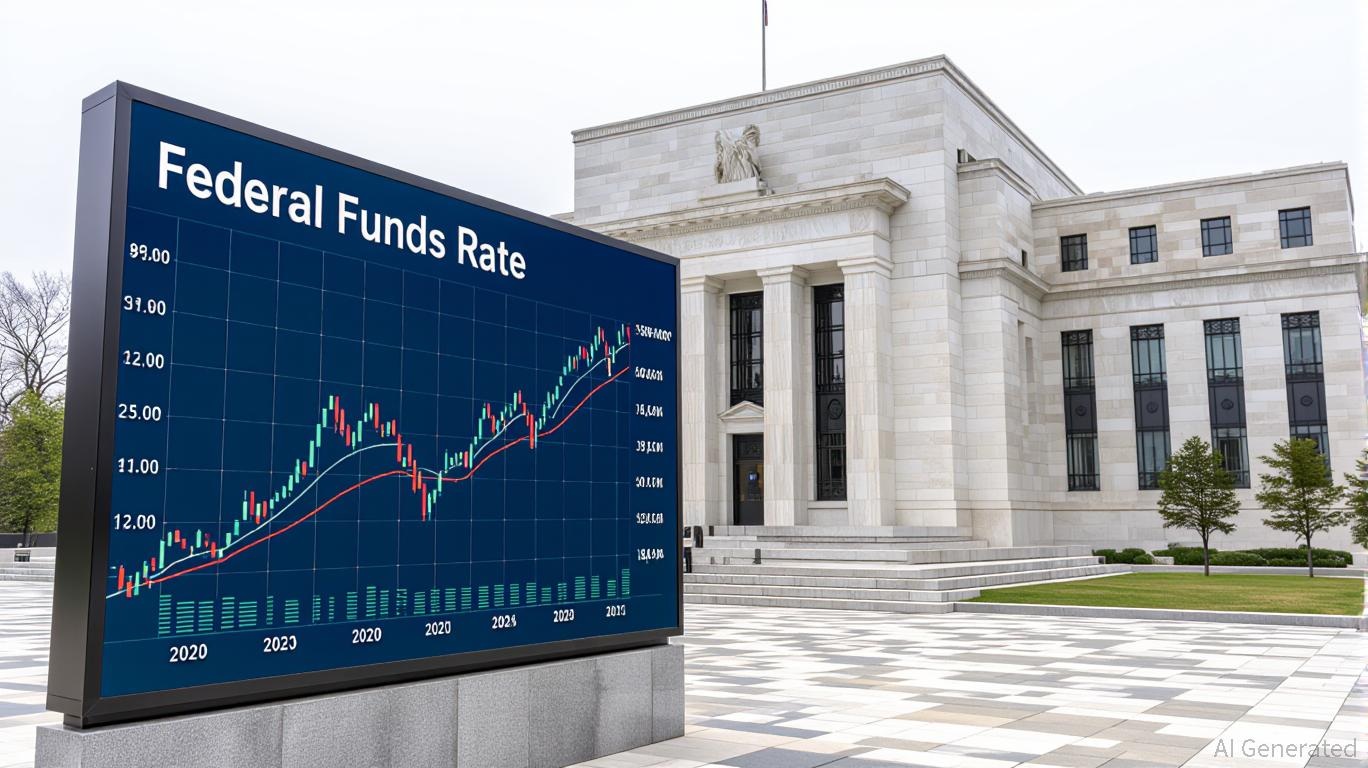
The Fed straddled the line between market expectations and policy reality in its decision to cut interest rates in September (Photo: AInvest).
In short, another month of weak jobs growth would strengthen the case for the Fed to cut rates in September, as insurance against a real labor market breakdown, while keeping rates high enough to contain tariff inflation. The pace of further cuts would depend entirely on how the economy performs.
The risks, however, are enormous. The worst-case scenario, as James Clouse, former deputy director of monetary policy at the Fed, and Raghuram Rajan both warn, is that the Fed cuts rates and is quickly forced to reverse them. “That’s a serious blow to credibility,” Rajan says. “You can wait and see, but you can’t change policy overnight. That’s the unwritten rule of central banking.”
Jerome Powell's goal of a "soft landing" is still on the horizon, but there are many variables ahead. The biggest question remains whether the Fed can steer the economy safely home or whether it will teeter between inflation and recession.
Source: https://dantri.com.vn/kinh-doanh/canh-bac-lon-cua-jerome-powell-mac-ket-giua-lam-phat-va-suy-thoai-20250824220914749.htm



![[Photo] Hanoi morning of October 1: Prolonged flooding, people wade to work](https://vphoto.vietnam.vn/thumb/1200x675/vietnam/resource/IMAGE/2025/10/1/189be28938e3493fa26b2938efa2059e)




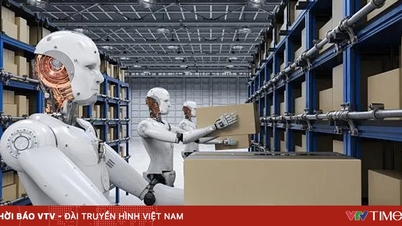

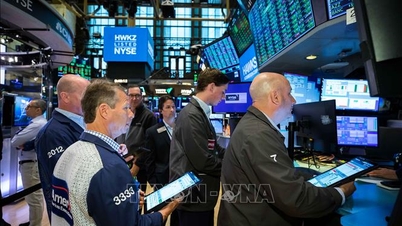


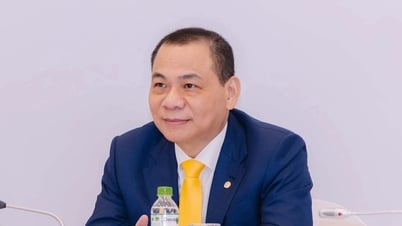

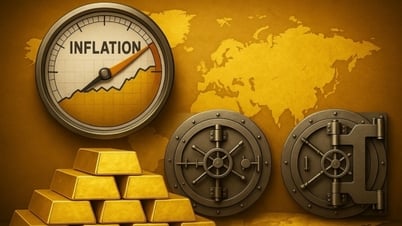







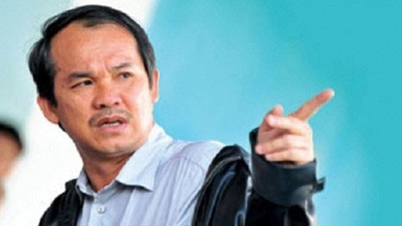








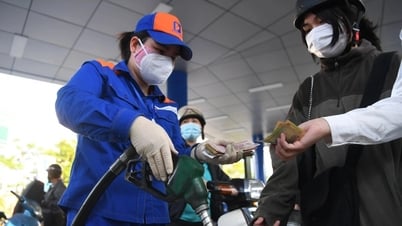


![[Photo] The 1st Congress of Phu Tho Provincial Party Committee, term 2025-2030](https://vphoto.vietnam.vn/thumb/1200x675/vietnam/resource/IMAGE/2025/9/30/1507da06216649bba8a1ce6251816820)
![[Photo] Panorama of the cable-stayed bridge, the final bottleneck of the Ben Luc-Long Thanh expressway](https://vphoto.vietnam.vn/thumb/1200x675/vietnam/resource/IMAGE/2025/9/30/391fdf21025541d6b2f092e49a17243f)
![[Photo] President Luong Cuong receives President of the Cuban National Assembly Esteban Lazo Hernandez](https://vphoto.vietnam.vn/thumb/1200x675/vietnam/resource/IMAGE/2025/9/30/4d38932911c24f6ea1936252bd5427fa)






















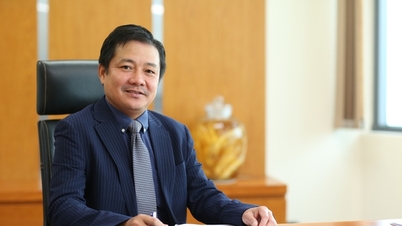
















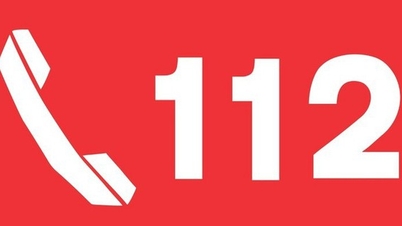


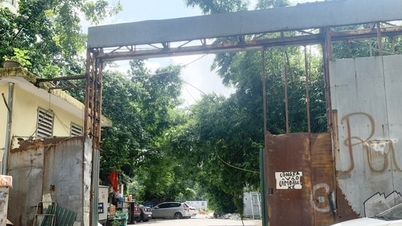




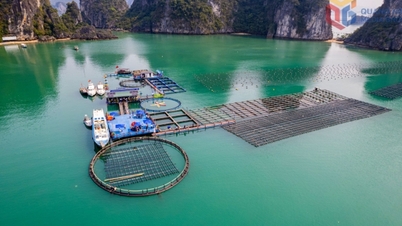















Comment (0)